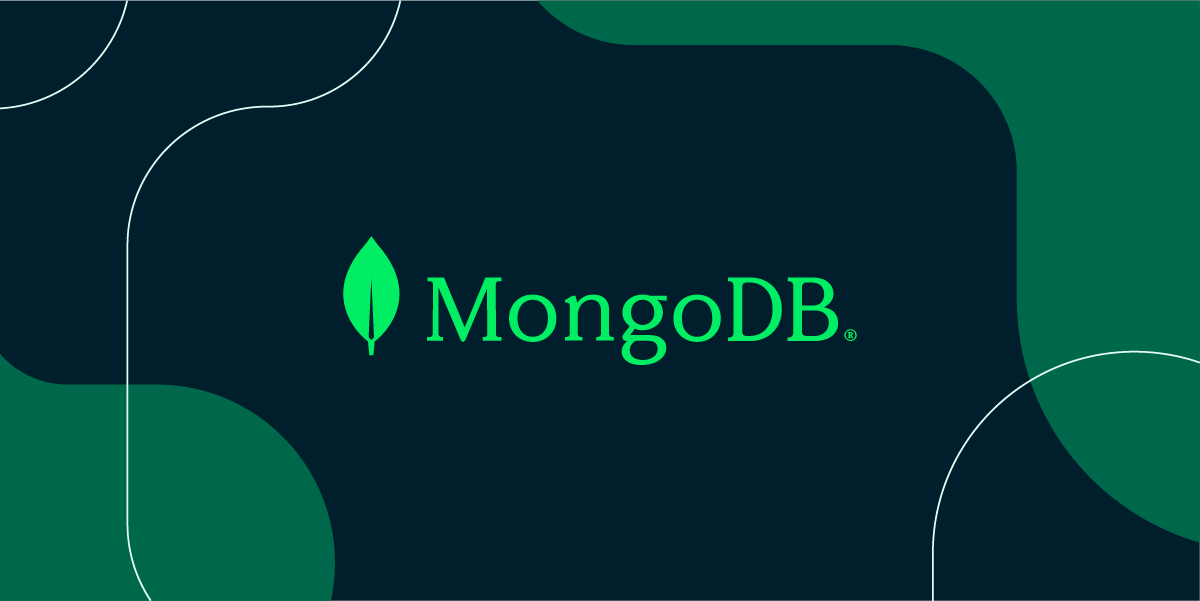MongoDB: A NoSQL Database for Modern Applications

In the ever-evolving landscape of data management, traditional relational databases have long been the cornerstone of application development. However, the demands of modern applications, characterized by large volumes of unstructured data and the need for high scalability and flexibility, have given rise to a new generation of databases known as NoSQL databases. Among these, MongoDB stands out as a powerful and versatile option, providing developers with the tools they need to build cutting-edge applications.
What is a NoSQL database?
NoSQL databases are a type of database that does not use the traditional relational database model. Relational databases store data in tables, which are made up of rows and columns. Each row in a table represents a single record, and each column represents a different attribute of that record.
NoSQL databases, on the other hand, store data in a variety of different formats, such as documents, key-value pairs, or graphs. This makes them more flexible than relational databases, and it allows them to scale more easily.
Why use MongoDB?
MongoDB is a popular choice for modern applications for a number of reasons. First, it is very easy to use. MongoDB does not require a predefined schema, which makes it easy to get started with and to make changes to your data model as needed.
Second, MongoDB is very scalable. It can handle large volumes of data and high traffic loads. Third, MongoDB is very flexible. It can be used to store a variety of different types of data, and it can be used to build a wide variety of different applications.
The Rise of NoSQL Databases
NoSQL databases, as the name suggests, depart from the structured nature of traditional relational databases. They offer a schema-less approach to data modeling and are designed to handle diverse and unstructured data, making them particularly well-suited for modern applications. These applications can range from content management systems and e-commerce platforms to real-time analytics and IoT (Internet of Things) devices, each with unique data requirements.
MongoDB is a leading NoSQL database that has gained immense popularity due to its flexibility, scalability, and developer-friendly features. It falls under the category of document-oriented databases, which are known for their ability to store, manage, and retrieve data in the form of JSON-like documents.
Key Features of MongoDB
MongoDB boasts a range of features that make it a prime choice for developers and businesses looking to adapt to the demands of the digital age.
1. Flexible Data Modeling
MongoDB's flexible data model allows developers to store data in documents with varying structures. This means that you can adapt your database to evolving application requirements without the need to modify the existing schema. As a result, you can respond quickly to changes in your application, making development more agile and efficient.
2. Horizontal Scalability
One of the core strengths of MongoDB is its horizontal scalability. This allows you to distribute data across multiple servers, ensuring that your application can handle increasing workloads and traffic. As your application grows, you can easily add additional servers to your cluster, without the need for complex migrations.
3. Rich Query Language
MongoDB provides a powerful query language that supports complex queries, indexing, and aggregation. Developers can perform ad-hoc queries, and the database can quickly retrieve the relevant data, making it ideal for real-time analytics and reporting.
4. Geospatial Support
For applications that require location-based data, MongoDB offers built-in support for geospatial indexing and queries. This feature is crucial for location-based services, such as ride-sharing apps and geofencing.
5. Automatic Sharding
MongoDB automates data distribution across multiple servers, a process known as sharding. This ensures data is evenly distributed and queries can be processed efficiently, even in large-scale deployments.
6. Strong Community and Ecosystem
MongoDB has a vibrant and active developer community that continually contributes to the growth and enhancement of the platform. This community support, combined with a rich ecosystem of tools and libraries, makes MongoDB an attractive choice for many developers.
Use Cases for MongoDB
MongoDB's versatility makes it a suitable choice for a wide range of applications. Here are a few examples:
1. Content Management Systems
Websites and applications that handle user-generated content, such as blogs and forums, can benefit from MongoDB's flexibility in managing diverse data types.
2. E-Commerce Platforms
E-commerce sites often need to handle vast amounts of product data, user profiles, and transaction records. MongoDB's scalability and robust querying capabilities make it a great choice for this use case.
3. Real-Time Analytics
Applications that rely on real-time data analysis, such as online gaming platforms and social media, can leverage MongoDB's aggregation framework for quick insights into user behavior.
4. Internet of Things (IoT)
IoT devices generate enormous amounts of data, and MongoDB's ability to handle unstructured and semi-structured data is ideal for managing sensor data and device logs.
5. Mobile Applications
Mobile apps often require offline capabilities and synchronization with a backend database. MongoDB's flexible data model is well-suited for such applications.
Conclusion
In a world where data is constantly evolving and application requirements are changing rapidly, MongoDB has emerged as a powerful NoSQL database solution. Its flexibility, scalability, and developer-friendly features make it an excellent choice
Here are some examples of companies that use MongoDB:
- Airbnb
- Amazon
- eBay
- Microsoft
- Netflix
- Walmart